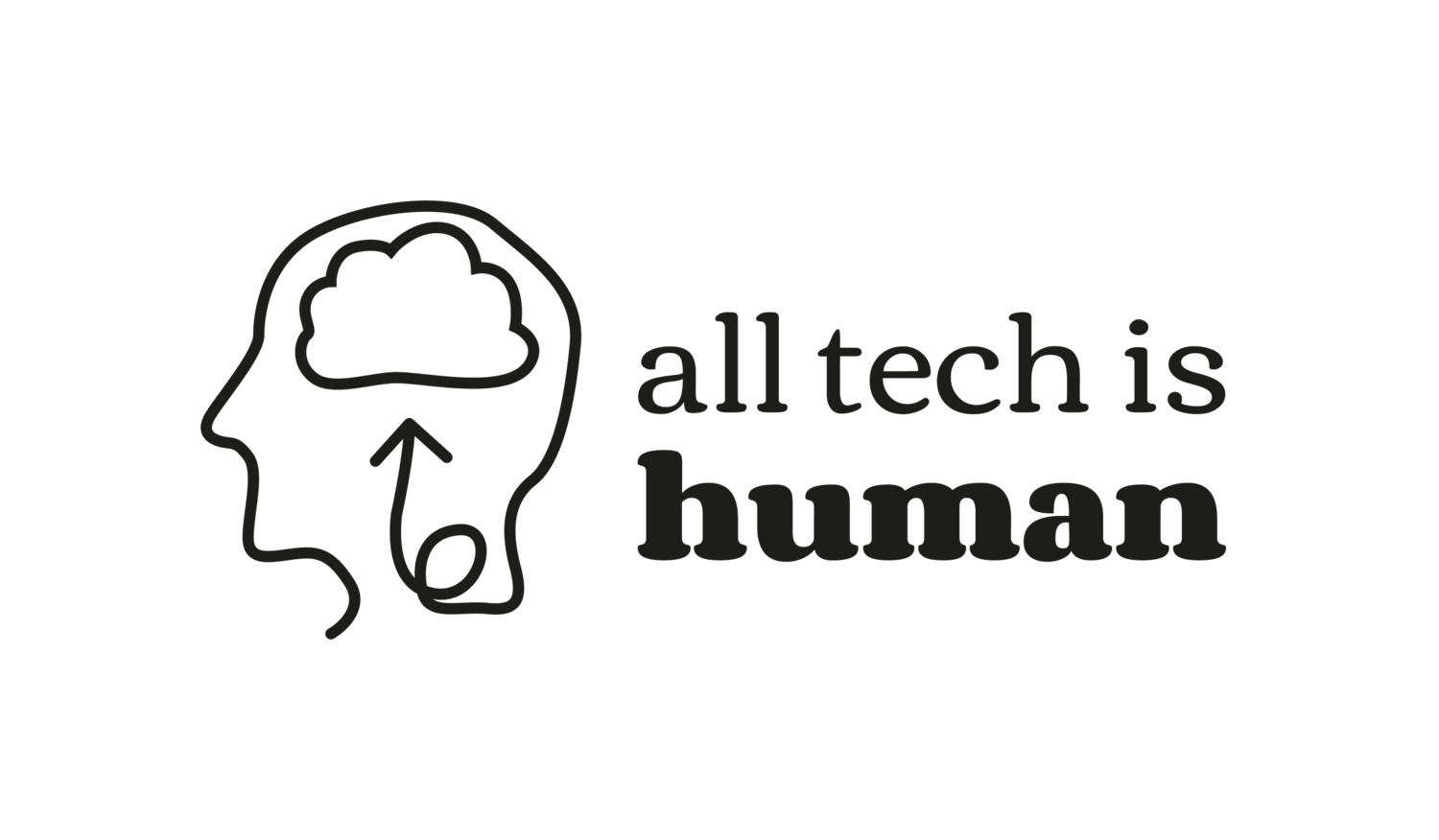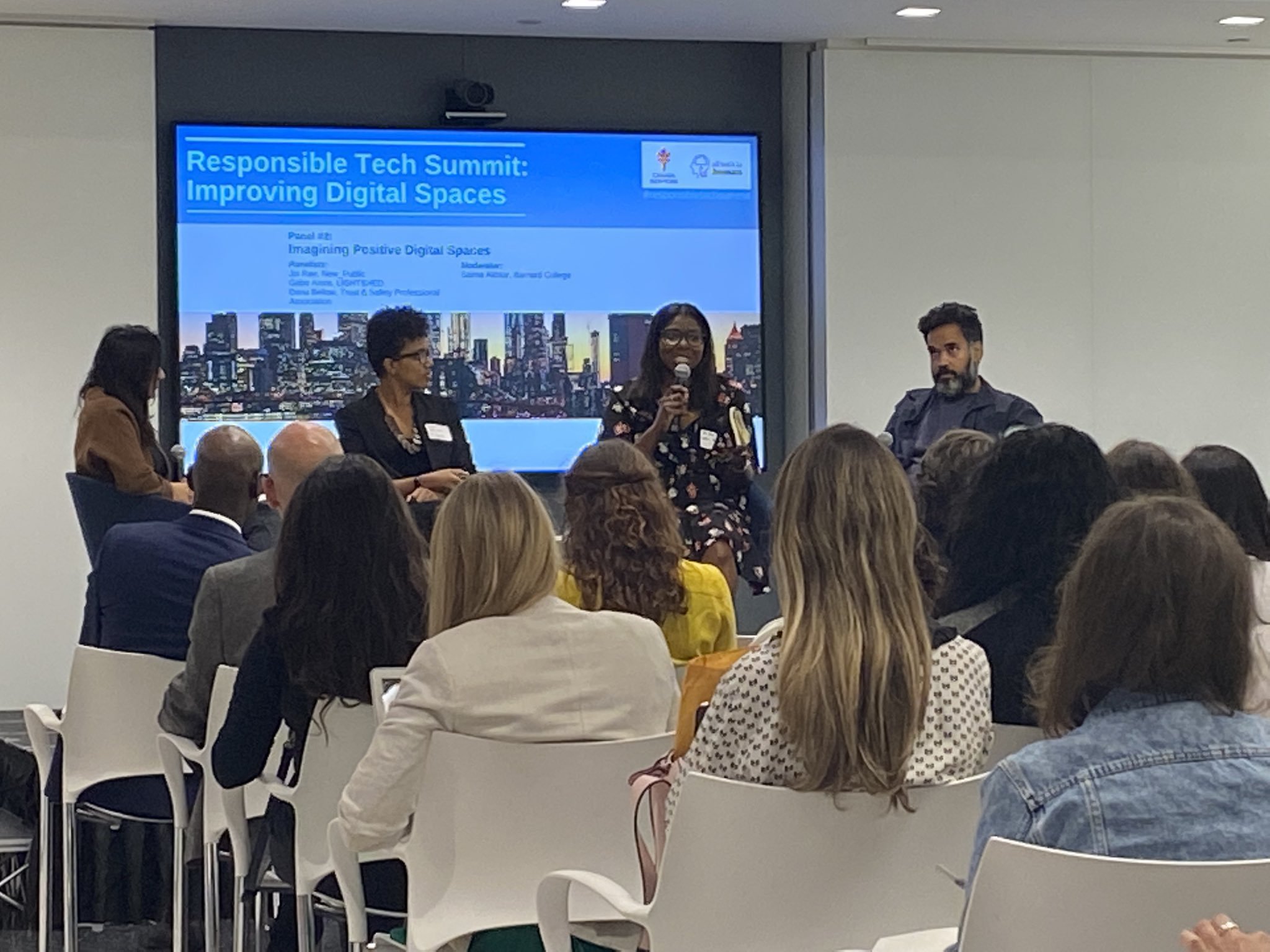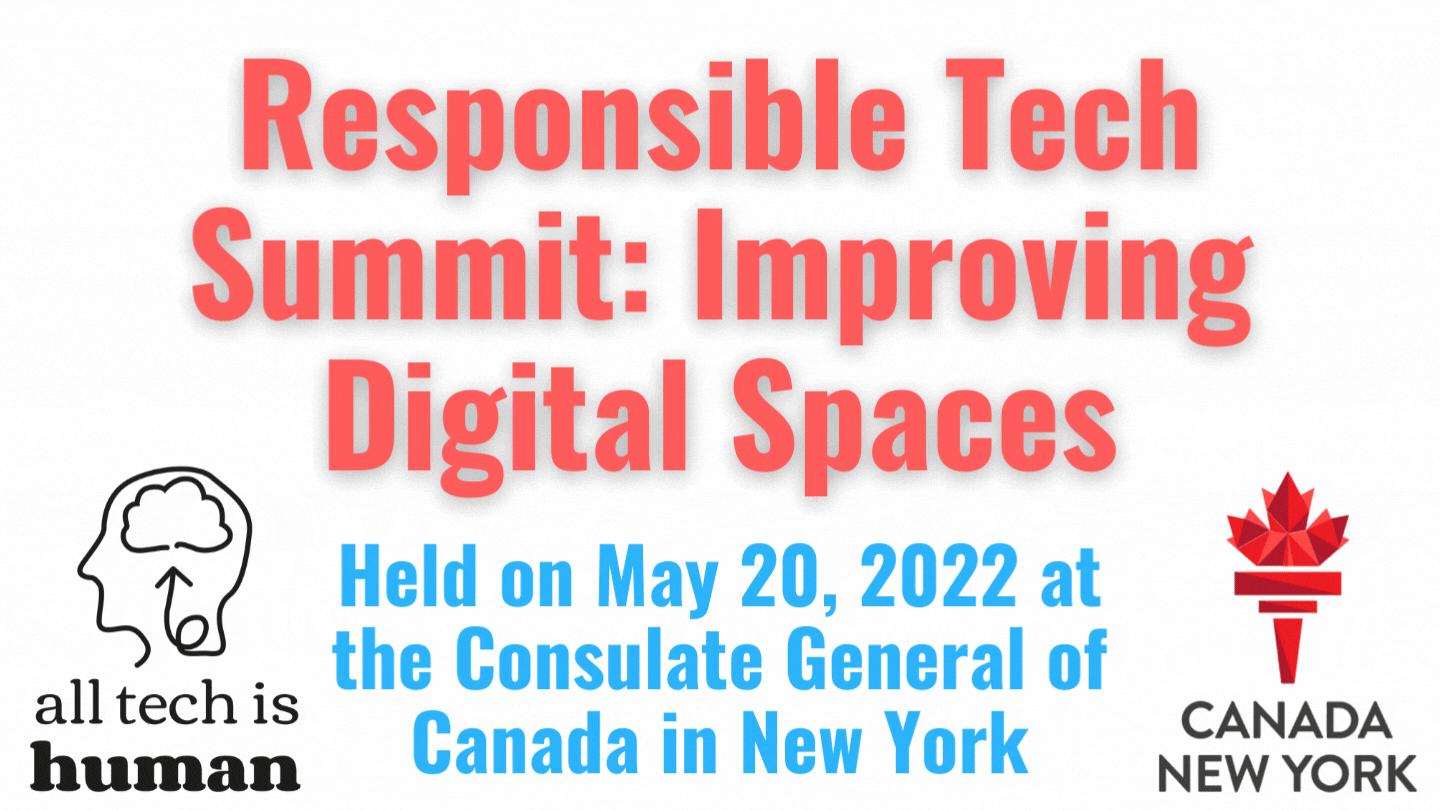Imagining Positive Digital Spaces
Panel discussion from our Responsible Tech Summit: Improving Digital Spaces held at the Consulate General of Canada in New York on May 20th. Find the full event overview here.
The second panel held at the Responsible Tech Summit: Improving Digital Spaces was a discussion exploring what positive digital spaces look like and what we can do now to get there.
Notes by Rejoice O.
A strategy to discuss digital spaces is to talk about public places like Libraries, and parks as this would help visualize digital spaces. Digital space is alive; as long as it is text supported or tech-centric then it is but when we think more narrowly it can be the digital version of our physical spaces. However, it is very risky to equate physical public spaces to digital spaces.
Examples of what constitutes a positive digital space
A positive space carries a notion of optimism which balls down to building healthy spaces where people can relate to alongside the persons that build these spaces
When discussing positive digital spaces, 2 vital questions to be considered are i)what is a positive digital space ? and ii) who defines a positive space?
A lot of institutions have invested in tech literacy. However, there is the need to incorporate certain content like social sciences into tech to make it more robust. Trust and safety is getting more spotlight as users can see that there is an interest to protect them in these spaces.
Companies are going to optimize what they can measure and then the conversation of metric comes into play. When discussing safety there could be alot of metrics to measures like Engagement of users, Retention and general interaction of users on the platform and other platforms as well.
Challenges-
One challenge when operating with policies is understanding various cultural differences and a lot of resources must be put in place to understand these differences. Another challenge would be incentives by these companies which drives the company’s focus away from the users. An example is the recent happening of Twitter. Likewise, companies formulating various and no real implementation of these policies
Resources mentioned:
Dona Bellow serves as an Advisor to the Trust & Safety Professional Association, which supports the community of professionals who help develop and enforce the principles that define acceptable behavior and content online. In addition, she currently leads Policy & Responsible Innovation programs at a social messaging startup. Dona began her tech career at Google, conducting policy evaluation and operationalization for legal content removal requests, and managing the Child Safety program which led her to become an advocate for reviewer wellness and mental health. After leaving Google, she continued growing her expertise in connecting safety risks, policy analysis and product development, as a Community Policy Manager at Airbnb and then as a T&S process analyst at Twitter. Later, she joined Meta as a Responsible Innovation Manager supporting product teams to better anticipate and address potential harms in technology, including its impact on vulnerable groups.
Gabo Arora is a world renowned multi-award winning immersive artist, professor, entrepreneur and former UN diplomat who works with the most cutting-edge emerging technologies, including virtual and augmented reality, to tell some of the most important stories of our time. He has designed and led campaigns of significant measurable impact, raising many millions of dollars, for the United Nations, UNICEF, USC Shoah foundation and the Nobel Peace Prize committee. He has had the honor of being the UN’s first-ever Creative Director; a Davos World Economic Forum Arts and Culture Leader; a member of the Council on Foreign Relations; and is the Founding Director of a new lab and academic department - the first of its kind - dedicated to Immersive Storytelling and Emerging Technologies (ISET) at Johns Hopkins University. His creative tech and production studio LIGHTSHED.IO is based in Brooklyn.
Joi Rae is a dedicated public servant who currently serves as Head of Operations and Partnerships at New_ Public, a nonprofit committed to building healthy digital public spaces. She has previously worked in the public, private, and non-profit sectors. Joi has previously served as the Chief of Staff of a non-profit organization focused on eliminating America’s STEM teacher shortage. Prior to that, she spent nearly a decade working in various positions in New York City government at the NYC Mayor's Office and the Manhattan District Attorney's Office.
Saima Akhtar is the Associate Director of the Vagelos Computational Science Center (CSC) at Barnard College. She is a computational social scientist with a background in architecture and software engineering. Prior to joining Barnard, Saima was a postdoctoral associate in the Yale University Department of Computer Science, where she managed digital cultural heritage preservation projects between the fields of computer science and architecture. At the CSC, Saima aids in the Center’s mission to lower the barrier of entry into computing by strengthening technical skills and increasing digital literacy for people across all disciplines at Barnard and beyond.



